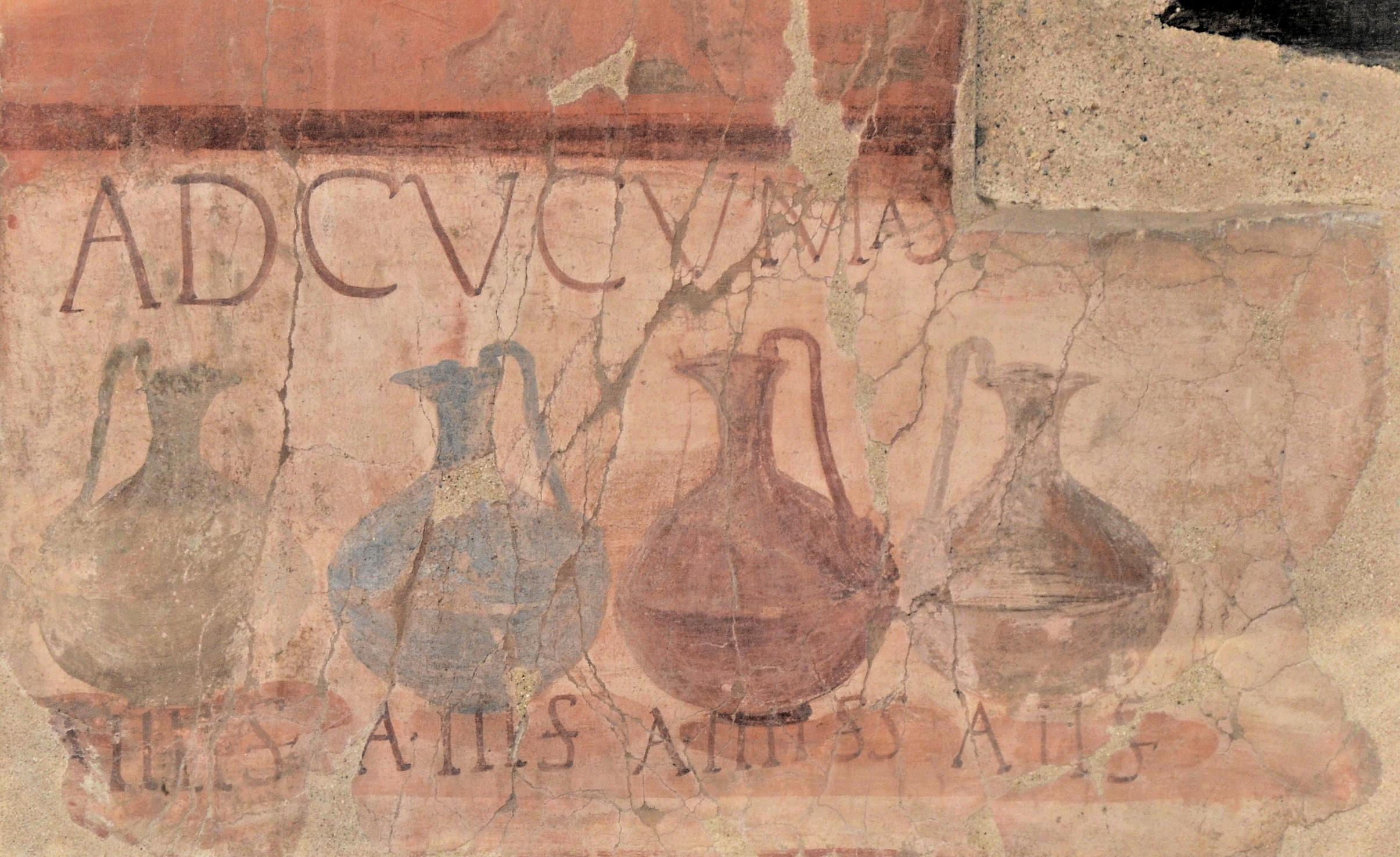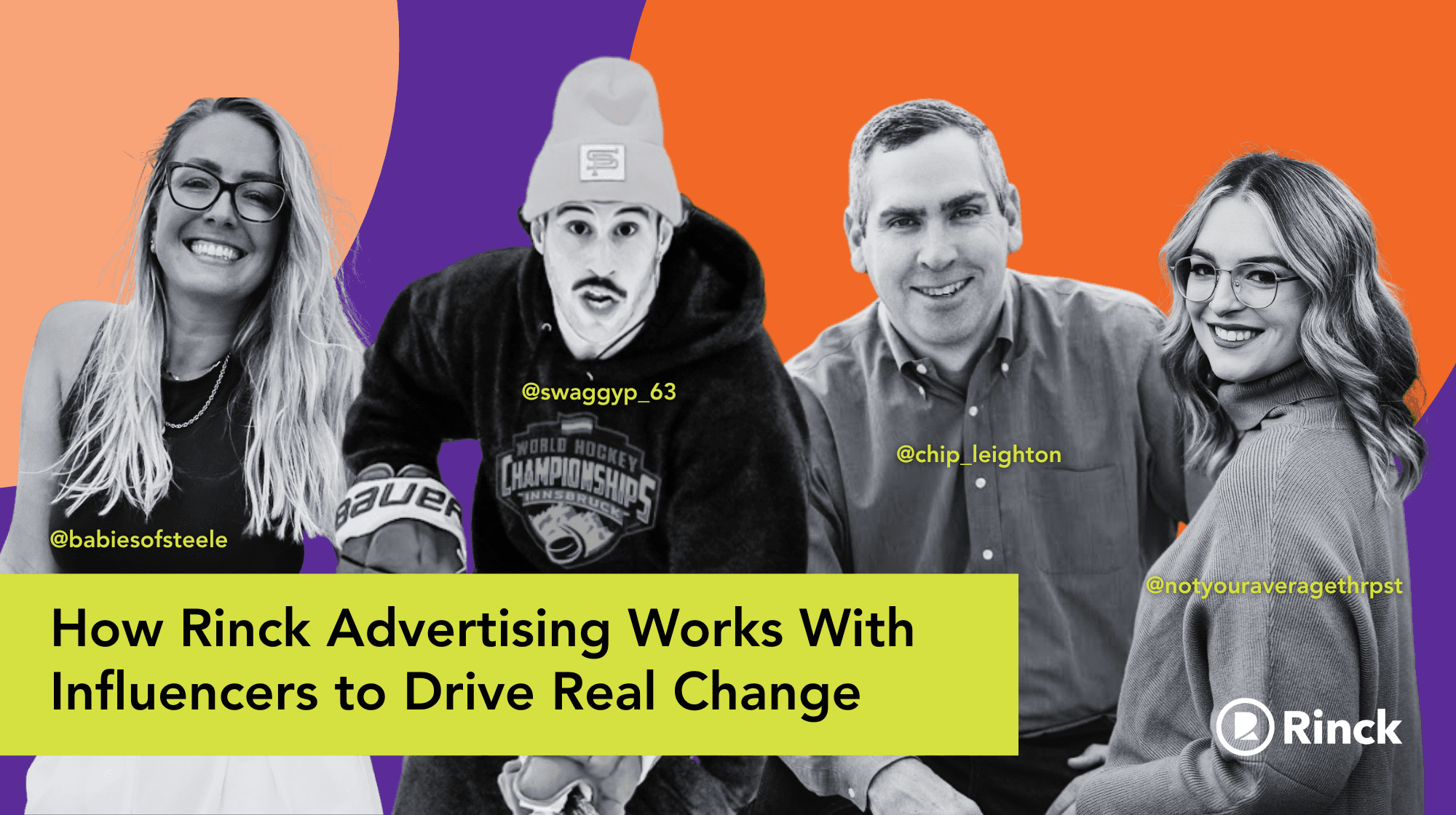Insights & Trends
Path to Purchase Part 1: Understanding “before now” is key to understanding what’s next.
December 1, 2019
Advertising has changed dramatically since 2009. It is not the first-time rapid change has affected the way we do business. Examining disruption in the industry can lead to insights for the future.
Advertising as a thing goes back at least to ancient Egypt. Ancient Rome was an advertising hot bed, with commercial wall art uncovered in the actual hot bed of Pompeii. Ancient China had its own advertising.

The concept of mass media however can be traced to the 1600s with various forms of product statements in gazettes. It is generally acknowledged that the first paid mass media ad appeared in 1836 in Le Presse as a means of lowering costs and expanding readership.
So, advertising had a model that worked well for about 4,100 years or so. Running an “ad” would appeal to local interests and provide a means for the populace to buy your product. It’s estimated that advertising expenditures were $200 million in 1880, growing to $3 billion in 1920.
Then, in 1920, everything changed.
KDKA began broadcasting, bringing a unified broadcast to millions of Americans. Just 4 years later, there were 600 radio stations nationwide. And in August 1922, the first radio ad aired in New York City. For the most part, these remained low-level signal broadcasts, reaching a highly local audience. However, a few clear channel AM signals now reached enormous portions of the United States, especially after sunset. KDKA in Pittsburg, and especially WLW in Cincinnati, OH, (authorized to broadcast at 500,000 watts vs. 5000 watts typical at the time. WLW signal could be received across the nation and into Canada.)

Rather suddenly, advertising changed. For the first time, programming – and advertising –reached a mass audience at a low cost.
The model didn’t take long to change again. Television had been around awhile, and in 1928, an actual television broadcast occurred. By the 1950s, Americans loved TV. By the mid-1960s, color TV became a new standard. I recall, 1963, about age 3, our family getting the first color TV in our neighborhood, with all the parents and kids coming over to see The Wonderful World of Disney and The Flintstones, now in somewhat glorious color.
The history of advertising is one of continuous adaptation to disruption, especially media disruption. The goal of advertising is to disrupt the general course of media to engage or penetrate the consciousness of potential buyers. Historically, if the message matched the product, people would accept the knowledge and act on the impulse.
The history of advertising is one of continuous adaptation to disruption, especially media disruption.

The late 90s brought the Internet to American businesses and homes. Initially, advertisers sought to create ads that mirrored what we knew to work. In about 2003, Search Engine Marketing gained tractions with Google AdWords. Was this a direct response proposition or a creative platform? 2009 initiated the start of the social media explosion. Disruption was coming fast and consumer adoption faster. And the industry struggled.


But if disruption has been a part of the advertising landscape, why does it feel so different now? Why has the industry struggled with adapting to change this time?
Because it has exposed a major power shift in message control. It’s only a decade old. We’re still getting used to it.
I’ll tackle that next.

Peter Rinck
Chief Executive Officer
Related Articles
3 Ways to Get Customers Flocking to Your Food or Beverage Brand
June 12, 2025 | Insights & Trends
Think of a remarkable Super Bowl TV ad. How about a digital ad you recently clicked on? Or, a brand social post you recently reacted to? Chances are one or more of those spots were for a food or beverage brand.
READ MOREHow Rinck Advertising Works With Influencers to Drive Real Change
May 5, 2025 | Insights & Trends
What if your next public health campaign didn’t star a doctor… but instead, a TikTok or Instagram influencer? It may sound risky, maybe even a little absurd, but it’s already happening and it’s working.
READ MOREWinning with Purpose: How to Choose and Prepare for Awards Programs
March 20, 2025 | Insights & Trends
Entering industry awards programs can be a powerful way to showcase your team’s hard work, gain industry recognition, and build credibility. Winning an award can open doors to new business opportunities, boost team morale, and enhance your brand’s reputation. It positions you as a leader in your field, providing validation from industry experts and peers. Additionally, awards can serve as a recruitment tool, attracting top talent who want to work for an organization known for excellence.
READ MOREUS Elections, but Make it Meme
October 29, 2024 | Insights & Trends
The US election cycle has been anything but typical this year, and we’re not even talking about the candidates, the timing, or the policies. Media, including its usage and perceived value, has changed. When it comes to the Presidential campaigns legacy media outlets across TV, print, and online has been deprioritized in favor of podcasts, streaming programs, influencer content, social media, quick-turn videos, and memes. Lots of memes.
READ MORE


